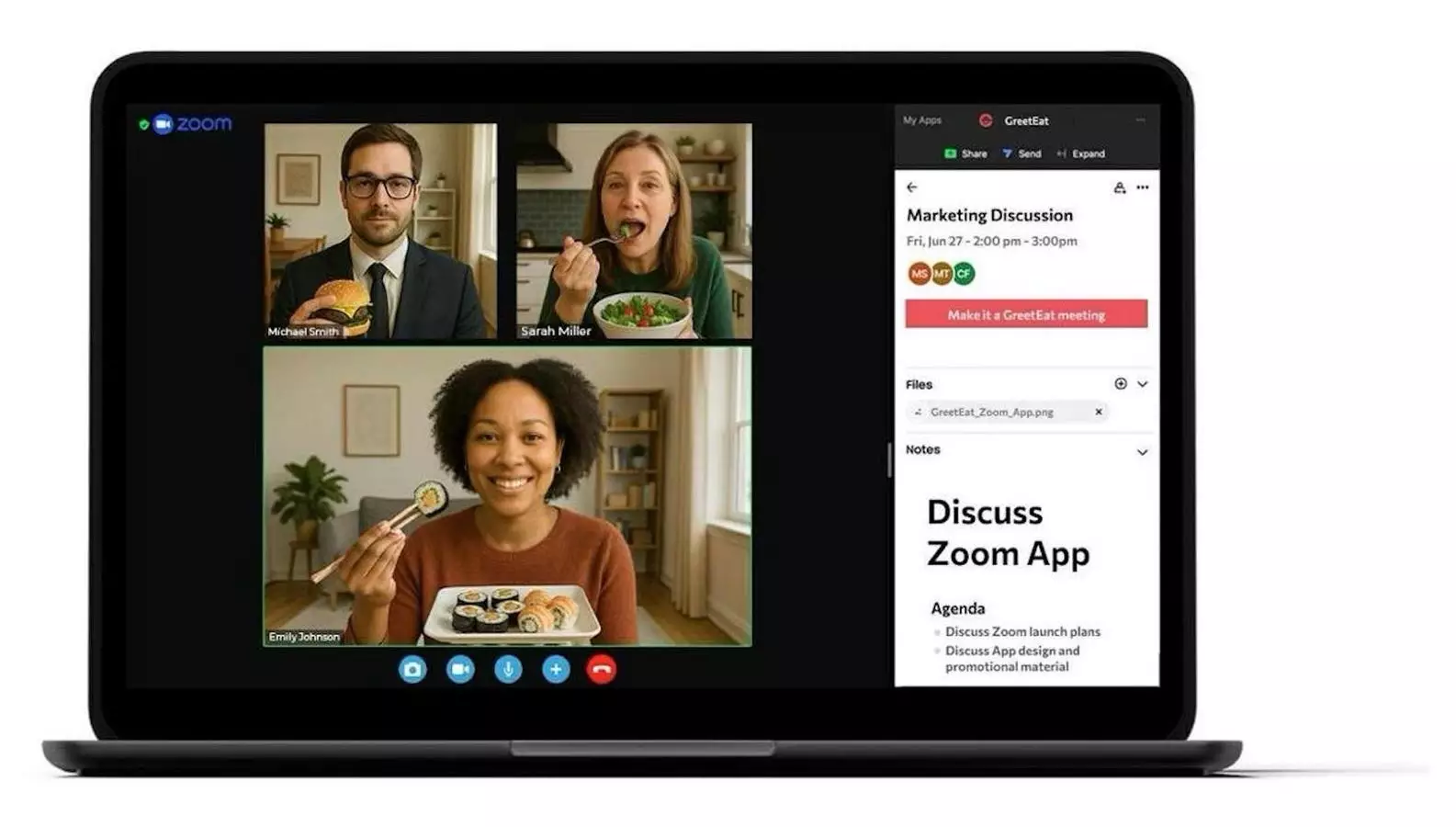The shift toward remote work has challenged traditional notions of bonding and corporate culture. For decades, the communal aspect of sharing meals and casual conversations fueled team cohesion, trust, and a sense of belonging. As physical offices transformed into virtual spaces, these vital social rituals became an afterthought, often sacrificed for efficiency and convenience. Yet, the core human need for connection has not diminished; it has simply been forced to find new pathways.
Vishal Patel recognized this gap early in the pandemic and saw an opportunity to bridge it with technology. Instead of accepting that remote work had to be sterile and impersonal, he envisioned a platform that could recreate the warmth and camaraderie of shared meals. His creation, GreetEat, is more than a logistical tool—it’s a reinvention of how organizations foster community in a digital landscape. By integrating popular food delivery services with virtual meetings, Patel initiatives an innovative approach that emphasizes human connection over transactional interactions. This shift not only acknowledges the importance of social rituals but also underscores the potential for technology to amplify human experiences, rather than diminish them.
Food as a Cultural and Emotional Anchor
Shared meals have historically functioned as more than just sustenance; they serve as communal rituals that build trust, foster communication, and reinforce cultural identity. In physical workplaces, this manifests through catered team lunches, coffee chats, or celebratory donuts, all of which contribute to a cohesive environment. However, in a remote or hybrid setting, this fabric is fraying. Virtual meetings tend to be transactional—focused on agendas and deliverables—while the element of casual, human connection is often lost.
Patel’s insight—that food remains a powerful cultural connector—resonates deeply. He argues that the act of sharing a meal carries emotional weight that can humanize virtual interactions. GreetEat leverages this truth by making it logistically effortless for employees to order and enjoy food together, despite being physically apart. This approach goes beyond surface-level perks; it taps into the fundamental human desire for belonging. The platform’s seamless integration simplifies what was once a logistical nightmare: coordinating orders, handling reimbursements, and managing receipts. In doing so, it elevates the virtual meal from a mere novelty to a strategic tool capable of strengthening team bonds and fostering a sense of community.
Bridging the Gap with Innovation
The challenge of recreating shared experiences in a digital environment is formidable. Many companies have attempted to mimic team bonding through virtual happy hours, online cooking classes, or gift cards—initiatives that often fall flat due to logistical complexity or lack of genuine engagement. GreetEat’s proposition stands out by providing a centralized platform that streamlines these efforts. By connecting to well-established delivery networks like Uber Eats, it offers real-time, reliable food delivery directly linked to scheduled meetings. This technological solution transforms the concept of casual socialization into an integrated, scalable process.
The benefits extend beyond mere convenience. Enhanced participation, increased engagement levels, and higher attendance rates highlight the platform’s effectiveness. Companies report that meetings with shared meals have up to 60% increased attendance, and employees feel more connected, authentic, and valued. Interestingly, the platform not only improves social cohesion but also eases administrative burdens, reducing HR overhead related to expense management. This dual advantage—emotional and operational—makes GreetEat a compelling proposition for forward-thinking organizations seeking to modernize their corporate culture.
Future Possibilities and Cultural Shifts
As remote work continues to dominate the business landscape, the notion of shared meals will evolve but remain central to fostering an engaged workforce. Patel’s vision extends beyond traditional team lunches—his platform can facilitate onboarding processes, client meetings, or even celebratory milestones, infusing these moments with the human warmth that drives loyalty and productivity. The fact that younger workers prioritize flexibility and authentic experiences further underscores the importance of integrating social rituals into remote work policies.
Furthermore, the incorporation of food as a core component of productivity and well-being challenges the convention of viewing meals as only consumable events. The data reflecting increased productivity and job satisfaction when food is part of the work experience reinforce this paradigm. Companies recognizing this will likely see benefits not only in employee morale but also in recruitment and retention, especially in competitions for top talent who value lifestyle and connection.
Ultimately, GreetEat exemplifies a broader societal trend: the reconceptualization of work culture, emphasizing emotional intelligence, community, and human-centered design. While technology alone cannot replace authentic human interactions, it can serve as a powerful catalyst for nurturing relationships that transcend physical distance. In the end, the simple act of sharing a meal remains a profound expression of community—a truth that even in an increasingly digital world, holds the potential to unite us all.


Leave a Reply